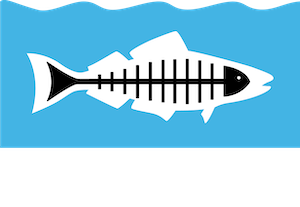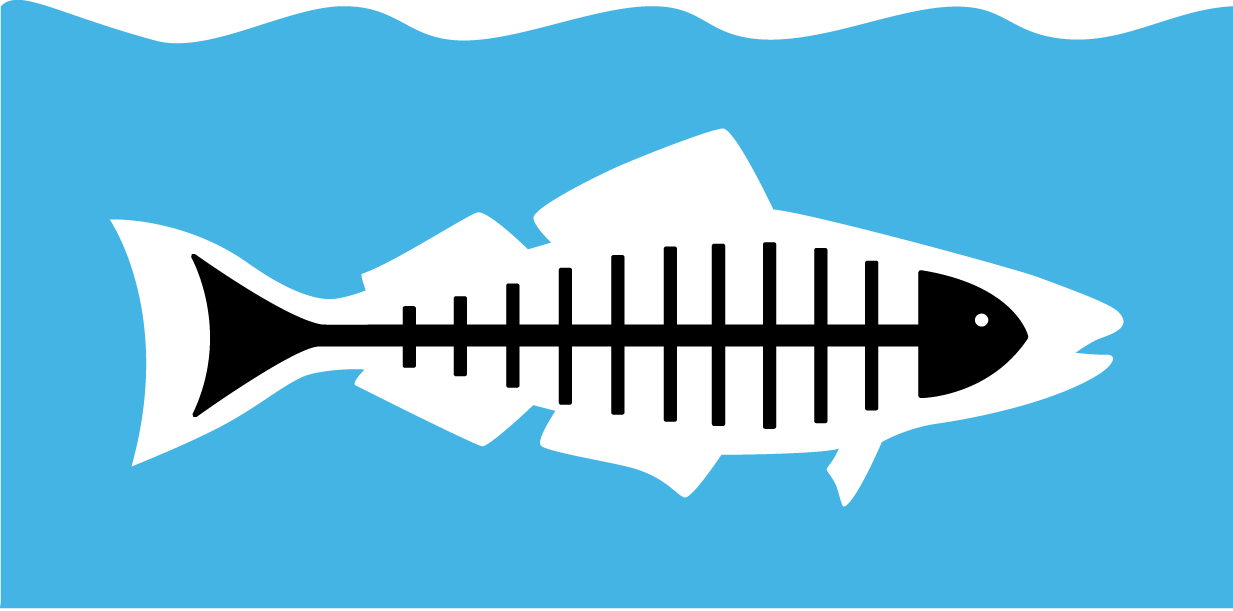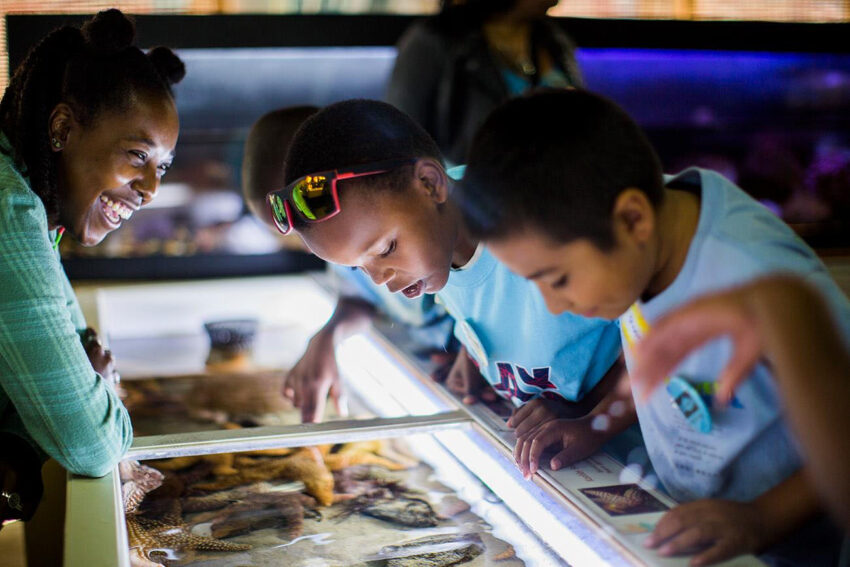The California Coastal Commission voted unanimously 11-0 at its October 13, 2010 meeting to approve the State Parks and Santa Monica Bay Restoration Commission plan to restore Malibu Lagoon. Being the last permit approval needed, the rehabilitation can proceed next summer which will increase the salt marsh by four acres and provide long-needed water circulation.
Many thanks to the environmental group support during the hearing from Santa Monica Baykeeper, the local Audubon, Surfrider and Sierra Club chapters, Malibu Surfing Assn. and Friends of Ballona.
Learn More
Final Plan Documents
After many years of planning, studies and debate, work can finally proceed to restore a functioning brackish lagoon ecosystem.
Background
Malibu Lagoon is a 13 acre shallow water embayment occurring at the terminus of the Malibu Creek Watershed, the second largest watershed draining into Santa Monica Bay. Malibu Lagoon empties into the Pacific Ocean at world famous Malibu Surfrider Beach. World renowned as a surfing and recreational destination, Surfrider Beach receives approximately 1.5 million visitors every year.
Since the early 1900’s, increased human activity has degraded the Malibu Lagoon and the surrounding wetland ecosystem. The lagoon had previously been used as a dump site for fill material by Cal Trans and others in the 1950’s and 60’s. By the late 1970’s the site was completely filled and housed two baseball fields. The size of the lagoon has been greatly diminished by urban development along the coast. In addition, urbanization upstream in the Malibu Creek Watershed has increased the volume of water transported into the lagoon and urban pollution has significantly diminished the quality of that water.
To address this situation, Heal the Bay, in cooperation with the California Department of Parks and Recreation under a grant from the California State Coastal Conservancy, coordinated the preparation of a restoration plan for Malibu Lagoon.



